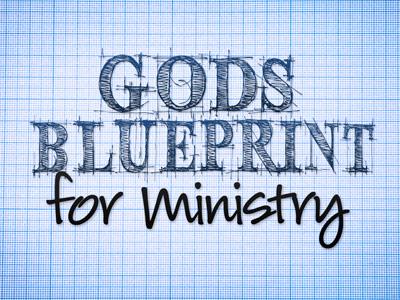-
When We All Get Together Series
Contributed by K. Edward Skidmore on Nov 28, 2017 (message contributor)
Summary: This sermon addresses the sometimes "sticky" topics of hand-raising and women in the church. If Paul would be "appalled" with any legalistic interpretation of his advice to Timothy.
I Timothy #2
CHCC: April 22, 2007
When We All Get Together
I Timothy 2:1-15
INTRODUCTION:
Last Sunday, we looked at I Timothy chapter 1 where Paul gave a young minister named Timothy direction on how to handle false teachers in the Church at Ephesus. Paul charged Timothy to defeat Legalism by holding fast to the Gospel of Grace. In Chapter 2, Paul gets down to the nitty gritty. Some of the folks at ECC (that’s Ephesus Christian Church) --- where disrupting the Worship services. Here’s what Paul said should come first at ECC:
I urge, then, first of all, that requests, prayers, intercession and thanksgiving be made for everyone— for kings and all those in authority, that we may live peaceful and quiet lives in all godliness and holiness. This is good, and pleases God our Savior, who wants all men to be saved and to come to knowledge of the truth. I Timothy 2:1-4
1. Connected to God I Timothy 2:1-7
In other words, the first priority is to stay CONNECTED TO GOD through Prayer. Look at the KINDS of prayer Paul mentioned. We make Requests for what we need. Intercession means praying for others. We give Thanks for the good things God provides. The Greek word translated “Prayers” is proseuche. It refers here to public prayers. It pleases God when we get together and pray for our Political leaders and all those who hold positions of Authority. The church is not supposed to be antagonistic to the government. We show our support for civil authority through our public prayers.
We pray for our National, State, and Local Leaders, so that God can give us a stable government. In a safe and peaceful community we have the freedom to worship and to spread God’s Word. So let’s take time to do that right now. (Prayer)
Paul has one more thing to say about prayer: I want men everywhere to lift up holy hands in prayer, without anger or disputing. I Timothy 2:8 Paul was NOT commanding them to lift up their hands. That was already the way they prayed. I found it interesting to learn that standing with raised hands was a common prayer stance for Jewish worship. The Jewish Christians carried this practice into the Church.
In fact, during the first 2 or 3 hundred years, the raising of hands became so strongly associated with Christian worship that Jewish Rabbis eventually banned the practice in their Synagogues. I read that the Jews also banned kneeling and prostrating themselves because these were also common prayer postures for Christians. That helped me understand why the Jews you see praying usually stand with hands at their sides, perhaps rocking back and forth. (Sunday, June 4th, 2006, Lifting Holy Hands, by Pastor Josh Larsen)
The practice of hand raising in Christian worship dwindled in the Middle Ages. Hand raising wasn’t the only expression of worship that died off during that time. Over all, Worship became more of a SPECTATOR experience… the Choir sang --- the Priest spoke (in Latin) and the Congregation watched in silence.
It wasn’t until the Reformation that participation in worship started up again. The reason Martin Luther wrote Hymns was because there weren’t any songs that a congregation could sing together. Most of those early Hymns were actually Poems put to music. The Music they chose was usually a familiar tune so it would be easy for everyone to sing along.
The Puritans who founded our country were not a demonstrative bunch. For them, to be Pious was to be quiet and solemn. That attitude has more or less shaped our culture. This week I went out with the Go-getters (our Seasoned Citizen’s group) and they got to talking about their own parents and grandparents. (elaborate) – In the past we had a less demonstrative culture in general … not just in worship.
I think our culture now is more demonstrative in general. I don’t remember my Grandparents expressing much affection to me, but I’m hugging and kissing all over my Grandchildren. And if we’re more demonstrative in general, it makes sense that we can be more demonstrative in Worship. If we can jump around and shout at a Spurs game, we should be able to express a little excitement in Church.
When we get caught up in Worship of our Great God, it’s Okay to let it show … whether its through your singing or lifting your hands or clapping or swaying or closing your eyes or just by the expression on your face. In my case, I got comfortable with hand raising when I traveled to India and Russia. The lifting of hands is common in their worship. And once I tried it, I liked it. Of course, when I visited Kenya, I saw Christians worshiping with what we called The Massai Leap. … Don’t worry; I don’t think that’s for me.

 Sermon Central
Sermon Central



